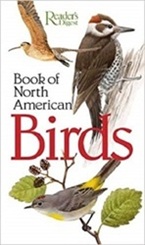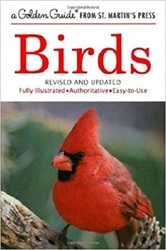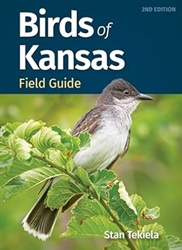The Different Ways Birds Adapt As the Seasons Change
As the seasons change, so do the feathers, songs and behavior of many of our favorite backyard birds. In the spring birds, particularly the males, are at their brightest.
The brilliant yellow of many Warblers and Finches, the bright blues of Jays and Indigo Buntings and flaming reds of Cardinals and Tanagers can't help but catch our eyes and those of the females of the flocks.
Although several species retain their distinctive colors year 'round, even those birds appear much brighter in the spring than in the fall.
Bird songs also are different at different times of the year. They too are meant either to attract a mate or stake out a territory.
In the spring birds are very vocal, and each species has a distinct song or call.
Animosity will occur between birds of the same species as males challenge each other throughout the breeding season.
Once spring turns to summer, mates are chosen, nests built, eggs laid and hatched, and nestlings demand food.
Other than territorial warnings, the birds are quieter, using all of their energy tending the nests and searching for food for their young.
Although young fledglings may look just like the adults, juveniles are easy to identify because they still beg for food.
You often see one perched next to its parents on a branch or on the lawn, standing with mouth agape and wings shivering in a begging attitude.
By late summer to early autumn, birds molt and the new feathers come in more subdued in color.
Most notable is the male goldfinch. He sheds his bright yellow breeding feathers which then are replaced by a duller olive green, making him resemble the female.
As summer wanes, adults and young of some species alter their routine and join with other families in small flocks.
For example, Tufted Titmice and Carolina Chickadees belong to the same family but often form a mixed flock that also can include Goldfinches, Nuthatches and Downy Woodpeckers.
Traveling together and watching each other, individuals notice when another member of the flock finds food.
Its feeding behavior leads the rest to claim their fair share.
Another group benefit is that many birds can spot danger quicker than one bird can.
By inviting the birds into your backyard, you get the opportunity to catch glimpses of their lifestyles as the seasons come and go.
You hardly need a calendar to know September has rolled around again, simply because you see the changes in your feathered friends.
© birdfeeding.org.The Bird's-Eye reView
Related Reading:

|

|

|

|
| Readers Digest Guide | Golden Guide | Your State Only | Nat-Geo Guide |





